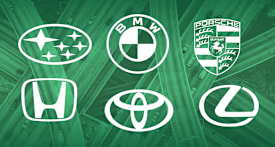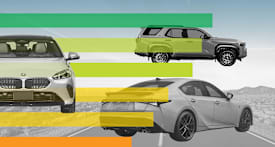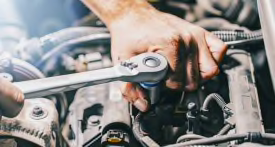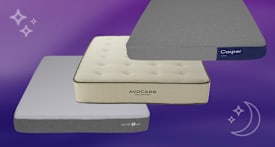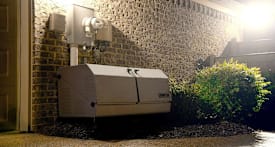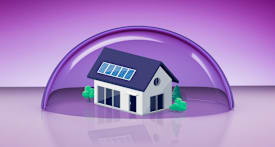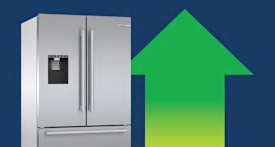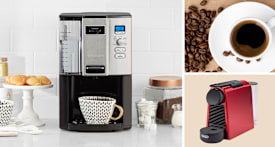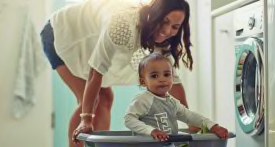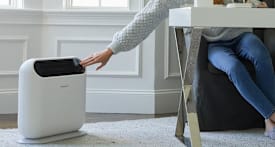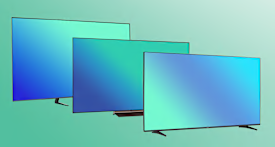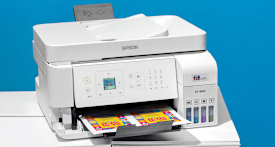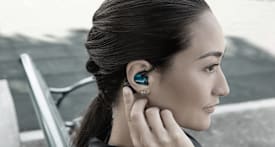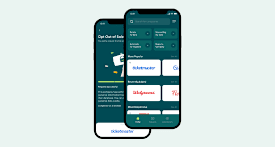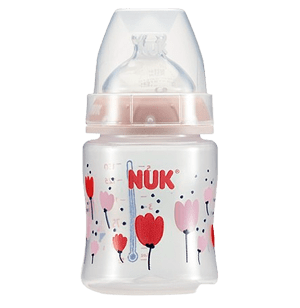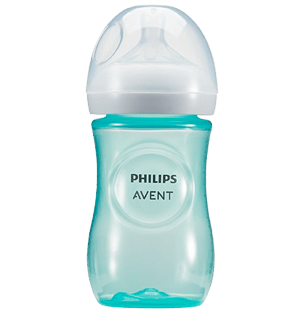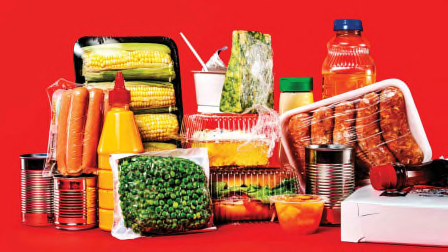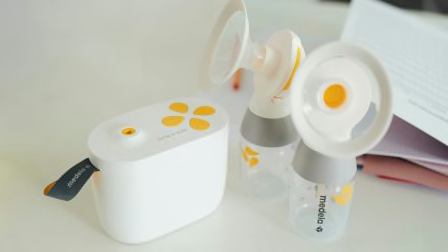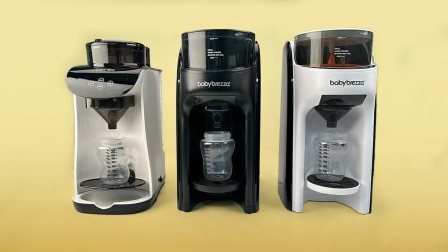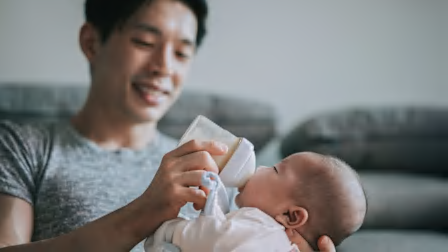Baby Bottles With No Detected BPA, Lead, or Phthalates
We didn’t find the dangerous chemicals in any of the nine bottles we tested. Still, some concerns remain. Here’s how to keep your baby safe.
When you shop through retailer links on our site, we may earn affiliate commissions. 100% of the fees we collect are used to support our nonprofit mission. Learn more.
New parents understandably want to shield their babies from potentially harmful chemicals. After all, a baby’s tiny body is particularly vulnerable to risk from chemicals such as bisphenol A (BPA), lead, and phthalates. That’s why Consumer Reports recently tested nine popular baby bottles for those compounds.
The good news: CR didn’t detect any of those chemicals in any of the bottles we tested.
Still, some precautions are warranted, says Ashita Kapoor, associate director of product safety at CR, who led our baby bottle tests. She says, for example, that other bottles on the market could still contain those chemicals. And even the bottles we tested might be made with other harmful compounds that we didn’t look for, or they could release them in certain situations, such as when they’re heated to high temperatures.
But there are things you can do to reduce the risk of your baby being exposed to BPA, other chemicals, and microplastics that can break off from plastic bottles—including using bottles made from glass or silicone. Glass and silicone bottles are less likely than those made from plastic to contain potentially harmful chemicals.
How We Tested Baby Bottles
CR’s baby bottle tests looked at some products made from plastic and some made from silicone or glass.
Each test involved scraping or cutting a small amount of material from the bottle and analyzing it to look for markers that would indicate any one of these potentially concerning substances.
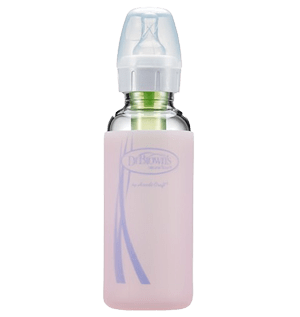
Natural Flow Anti-Colic Options+
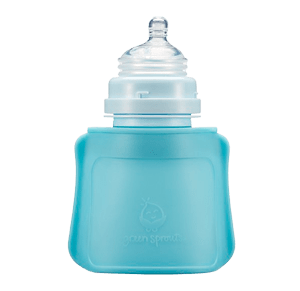
Silicone & Sprout Ware Baby Pocket
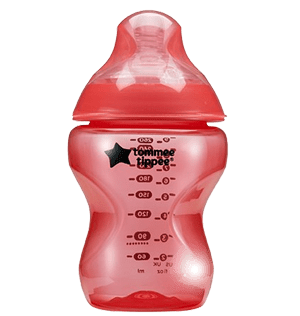
Closer to Nature Baby Bottle
Plastic
How to Choose the Best Baby Bottle
We asked 40 parents to evaluate baby bottles from Comotomo, Dr. Brown’s, Philips Avent, Tommee Tippee, and other brands.
What About Microplastics?
In June 2024, class-action lawsuits were filed against several baby bottle manufacturers, including the makers of Dr. Brown, Nuk, Philips Avent, and Tommee Tippee bottles, based on claims that plastic bottles from these brands can release microplastics when heated. The various suits allege that companies failed to disclose that bottles and sippy cups can shed microplastics. The lawsuits’ complaints cite research on the release of microplastics from cups and from polypropylene baby bottles.
So what are microplastics, exactly—and how likely are they to be found in your baby’s bottle? The terms nano- and microplastics refer to tiny fragments of plastic, ranging from small but visible to fully microscopic. These terms don’t refer to specific chemicals in plastic, like BPA or phthalates—though plastic particles can contain these or other potentially concerning chemicals. While microplastics are intentionally added to some products (such as detergents), they’re also an unavoidable byproduct of using any plastic products. Plastic particles are released over time as a product is used, especially as it gets worn down.
Researchers know less about the health harms of microplastics than they do about specific chemicals like BPA. But emerging research has linked the accumulation of microplastics in various tissues to potential issues with male fertility as well as respiratory, colon, and cardiovascular health. Plus, microplastics can carry the risks of the chemicals they are made from.
Though CR didn’t test baby bottles for microplastics, anything made from plastic can shed microplastics, and some experts advise against exposing plastic baby bottles to high heat (see below for more safety tips).
Yet there is nothing to suggest that the bottles singled out by recent class-action lawsuits are particularly problematic compared with other plastic bottles. And due to the widespread and still growing use of plastic around the planet, microplastics are also found in our drinking water, food, and the air we breathe. Unfortunately, that makes microplastics impossible to avoid completely.
How to Reduce Risks
While CR’s findings on baby bottles are reassuring, there are still potential concerns. Here’s what they are, and how to reduce those risks.
Plastic Baby Bottles Could Contain Other Bisphenols or Phthalates
Though we didn’t find BPA in any of the bottles we tested, and that chemical is no longer supposed to be used in any baby bottle, some manufacturers now use related chemicals—such as bisphenol S (BPS) and bisphenol F (BPF)—as replacements. Research confirms that these substitution chemicals are common. As blood levels of BPA in people across the U.S. have fallen, levels of those alternatives have risen, Payne-Sturges says. And because BPF and BPS are structurally similar to BPA, they’re likely to cause similar health effects, Zoeller says.
Similarly, while we didn’t detect any of the eight phthalates we tested for—all of which have federal regulations limiting their use—many other related compounds are out there, Payne-Sturges says. Researchers think that health problems could be caused by exposure to cumulative levels of many different types of phthalates, not just a few.
Safety tip: Glass bottles are much less likely to contain bisphenols or phthalates, Kapoor says, but just be careful to not break them. Silicone, especially food-grade silicone, is also less likely to contain those chemicals.
Other Baby Bottles Could Still Contain BPA
For CR’s current tests, we selected nine bottles from some of the top-selling brands. Some research suggests that even if BPA is no longer used in baby bottles sold in the U.S., some bottles made overseas and sometimes available to U.S. consumers could still have BPA.
Safety tip: Choose one of the bottles CR tested, or buy baby bottles from reputable retailers in the U.S. Be wary of third-party sellers.
High Heat Could Release BPA
Our tests didn’t detect BPA in any of the bottles, but it’s possible that the compound could be released when plastic bottles are subjected to high temperatures.
Safety tip: Try not to expose plastic baby bottles to high temperatures, such as in a microwave or even in a dishwasher. Instead, it’s generally best to clean plastic baby bottles by hand, using a bottle brush, and let them air-dry. And don’t overheat milk or formula that you put into plastic bottles.
Heavy Metal Contamination Is Unpredictable
Lead contamination isn’t common in baby bottles, but it has occasionally been an issue. Without testing specific products, there’s no way to know for sure whether a product is contaminated with lead, Kapoor says.
Safety tip: Choose one of the products CR tested, such as the Dr. Brown’s glass bottle. You could also consider one of the glass bottles that Lead Safe Mama says did not test positive for lead in its tests, such as those from Avent, Bibs, Evenflo, and Natursutten.
Of course, even with those precautions it’s nearly impossible to protect your baby from all exposure to harmful chemicals, says Patricia Hunt, PhD, a professor at Washington State University’s School of Molecular Biosciences in Pullman. “Contamination now is everywhere,” she says.
Ultimately, Payne-Sturges, at the University of Maryland, says we should look to public health agencies to more strictly regulate these chemicals. “We cannot shop our way out of these exposures as individuals,” she says.
@consumerreports You may think sanitizing your kids’ toys regularly is necessary, but in most cases, it may not be. For other expert tips, tap the link in our bio. #babytok #parentsoftiktok #parentingtips #babysafety
♬ original sound - Consumer Reports
Editor’s Note: This article, originally published Aug. 25, 2023, was updated April 10, 2024, to indicate that Lansinoh and Pigeon America paused the sale of their glass baby bottles and to provide information about how consumers can get replacement products. It was updated July 17, 2024, to provide the latest info from Lansinoh and Pigeon America on product availability and company testing for lead.
The article was further updated on Oct. 15, 2024, to add information about microplastics and again on Oct. 8, 2025, to describe follow-up testing on glass bottles from Lansinoh and Pigeon.
